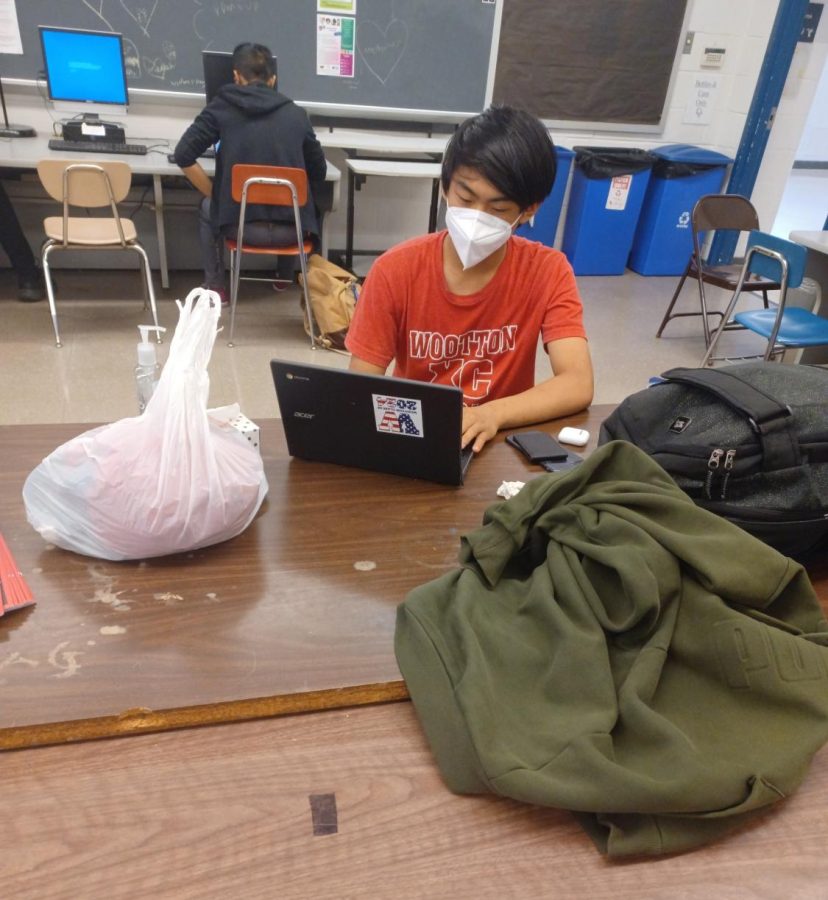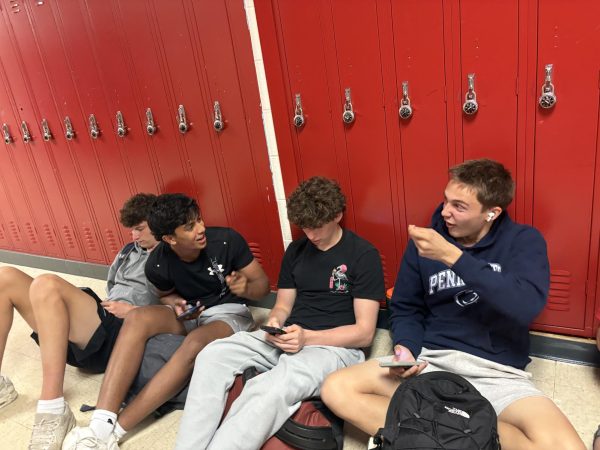Students, teachers share opinions on best programing language
Sophomore Nick Wang works on a Programming 1 assignment called “song list” in technology teacher Avery Travis’ seventh period class. Wang uses Replit on his Chromebook to write and submit the code.
Programming is an extension of mathematics that explores concepts of problem solving to improve our understanding of the world. It is a necessary skill to know how to code in this age of digital technology. The question on everyone’s mind is what is the best programming language?
According to students and teachers, the best programming language remains undecided. It depends on what one’s goals are as the programmer. Students at school learn object-oriented design languages such as Java and C++. These languages are used to form a basic understanding of data structures, logic and the application of the skills learned from each in writing programs.
Different arguments support one language being better than another, but there are always personal preferences that play a role in one’s favorite. “The best programming language is dependent on the goal of the programmer,” Programming 1 and AP Computer Science Principles teacher Avery Travis said.
Learning the language syntax is the easy part. Implementing your knowledge of the language in an algorithm is the most difficult part. That is why Travis’ goal is to teach students to work through problems and to learn how to apply critical thinking. “In a job interview for a programming position they are looking for someone with more problem solving skills than someone who knows how to program at a basic level,” Travis said.
A programming journey starts differently for each person. There are those who have always been interested in coding but have never tried it; others just stumble upon and fall in love with it like Travis. Sometimes the first language a person starts with is the one they enjoy the most.
The classes at school are effective in preparing students for solving problems through projects that test your knowledge of the particular concept and its applications.These also teach students about different programming languages. For example, in Programming 1, students are learning about vectors. To teach students how to use them, the teachers have created a project called “song list.” The project challenges students to create a vector that stores songs and uses different methods to manipulate the list. “I feel like the classes at school have done a good job in teaching us and they have made me want to pursue programming in the future,” freshman Kevin Luo said.
To start, people often choose block coding as it is easier to visualize and requires less understanding of scripting. This is useful because it teaches you all of the basic coding concepts such as conditional statements, loops, data structures and variables. These are used in order to create programs. One common block coding language created by MIT is Scratch. Even though it is mostly used for animations and games, it effectively teaches users how to code. “I first started programming through Scratch and it really helped me visualize the code and inspired me to continue learning,” sophomore Abdur Rahman said.
Your donation will support the student journalists of Thomas S. Wootton High School. Your contribution will allow us to purchase equipment and cover our annual website hosting costs.
Shravan is a 2022 graduate.







